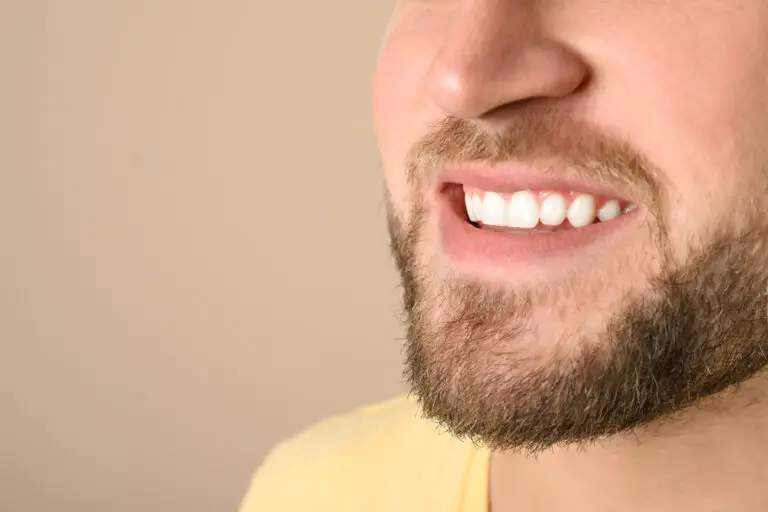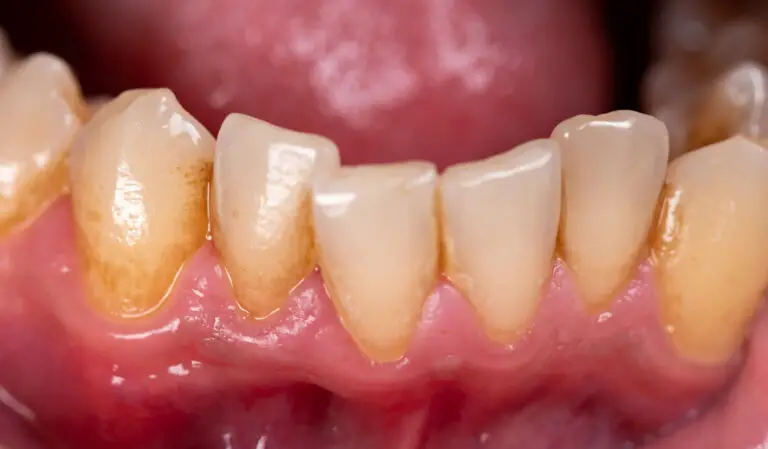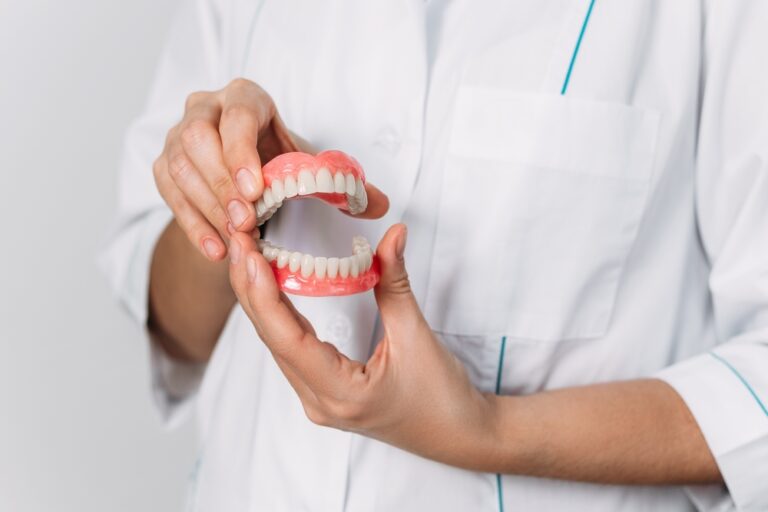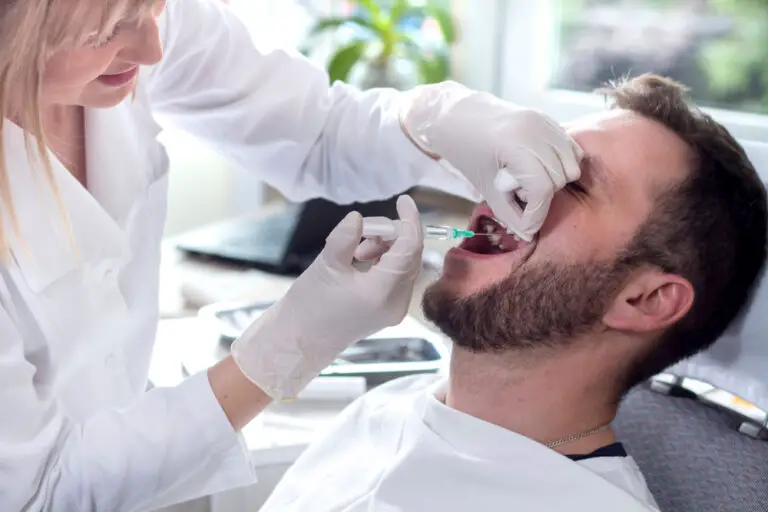An In-Depth Look at Tooth Fractures
Permanent teeth fractures are common dental injuries that should never be ignored. When the hard outer enamel layer of a tooth cracks or chips, it opens up pathways for bacteria to enter and infect the inner tooth layers. Without treatment, this can lead to severe pain, dental abscesses, and even tooth loss.
This article explores the causes, symptoms, high-risk teeth, treatments, and prevention strategies for broken permanent teeth.
Overview of Permanent Teeth
Human adults have 32 permanent teeth, consisting of 8 incisors, 4 canines, 8 premolars, and 12 molars. The functions of these tooth types include:
- Incisors – The front 4 teeth on top and bottom. They have a flat edge for biting off pieces of food.
- Canines – The sharp, pointed teeth next to incisors. They help tear and shred tough foods.
- Premolars – Behind the canines are 8 premolars with surfaces to crush food before swallowing.
- Molars – The 12 large, broad teeth at the back of the mouth that grind food during chewing.
Inside each permanent tooth is a pulp chamber containing nerves and blood vessels. The main layers of a tooth include:
- Enamel – The outermost layer made of hydroxyapatite crystals. Enamel is the hardest substance in the human body. It protects the tooth.
- Dentin – Underneath the enamel is dentin, a yellowish, bony tissue that makes up the bulk of the tooth. It’s softer than enamel but still very strong.
- Pulp – At the center of the tooth is the pulp chamber filled with nerves and blood vessels. If decay reaches the pulp, it becomes infected.
- Cementum – A bonelike tissue covering the tooth roots that anchors each tooth to the jawbone through the periodontal ligament.
Causes of Broken Permanent Teeth
Despite having very strong enamel, permanent teeth are still prone to cracking, chipping, and fracturing. Some common causes include:
1. Sports Injuries
Contact sports like hockey, football, basketball, and boxing carry a high risk of trauma to the mouth that can fracture teeth. A direct hit to the teeth can easily crack the enamel. Mouthguards are essential for protection.
2. Accidents and Falls
Any kind of fall where the mouth hits a hard object like the ground, dashboard, or stair can chip teeth. Car accidents and bike falls often lead to dental fractures that require repair.
3. Chewing Hard Items
Habitually chewing on pens, fingernails, popcorn kernels or chunks of ice places excessive biting force on teeth. This stress can cause small cracks in the enamel that worsen over time. Hard candies or jawbreakers can also lead to fractures.
4. Tooth Grinding/Clenching
People with bruxism habitually grind or clench their teeth, wearing down the enamel. This makes teeth more prone to fracture during chewing. Most grinding occurs at night during sleep.
5. Physical Abuse
Punches, slaps, or hits to the mouth often lead to dental injuries like cracked and broken teeth. Domestic abuse survivors frequently require dental treatment to repair fractures.
6. Poor Dental Work
Large fillings, dental crowns, and tooth extractions can weaken remaining tooth structure. The cracks allow decay to infiltrate deep inside the tooth.
7. Excessive Tooth Decay
Untreated cavities become large, deep holes in the enamel that compromise the tooth’s structural integrity. Fractures or breaks often happen while chewing hard foods.
Signs and Symptoms of Broken Permanent Teeth

Cracked teeth don’t always have obvious symptoms, but here are some telltale signs:
Visible Cracking or Chipping
Carefully examine your teeth in the mirror for any visible cracks, chips, or rough edges that indicate an underlying fracture. Damage may only show on one surface.
Tooth Pain
Moderate to severe pain when biting down or chewing foods can indicate a crack extending down into the tooth layers. Temperature sensitivities to hot and cold foods can also occur.
Gum or Jaw Pain/Swelling
If decay reaches the root or nerve from a fracture, it may cause gum inflammation, jaw pain, or facial swelling around the affected tooth.
Changed Tooth Shape, Height, or Alignment
Subtle changes in a tooth’s shape, height compared to adjacent teeth, or alignment could mean a piece broke off from a fracture.
Food Packing Between Teeth
Cracked teeth provide places for food debris to pack in tightly. You may notice a bad taste from trapped particles.
Bleeding from a Cracked Tooth
If the pulp chamber becomes exposed, the inner nerves and blood vessels can leak blood through the crack. Serious infection follows.
Loose Teeth
A severe break can loosen the tooth’s root connection to the bone. This requires urgent dental extraction to prevent infection from spreading.
Any combination of the above symptoms warrants an immediate dental examination. X-rays and visual inspection under magnification can confirm cracked tooth diagnoses.
Which Permanent Teeth Are Most Prone to Breaking?
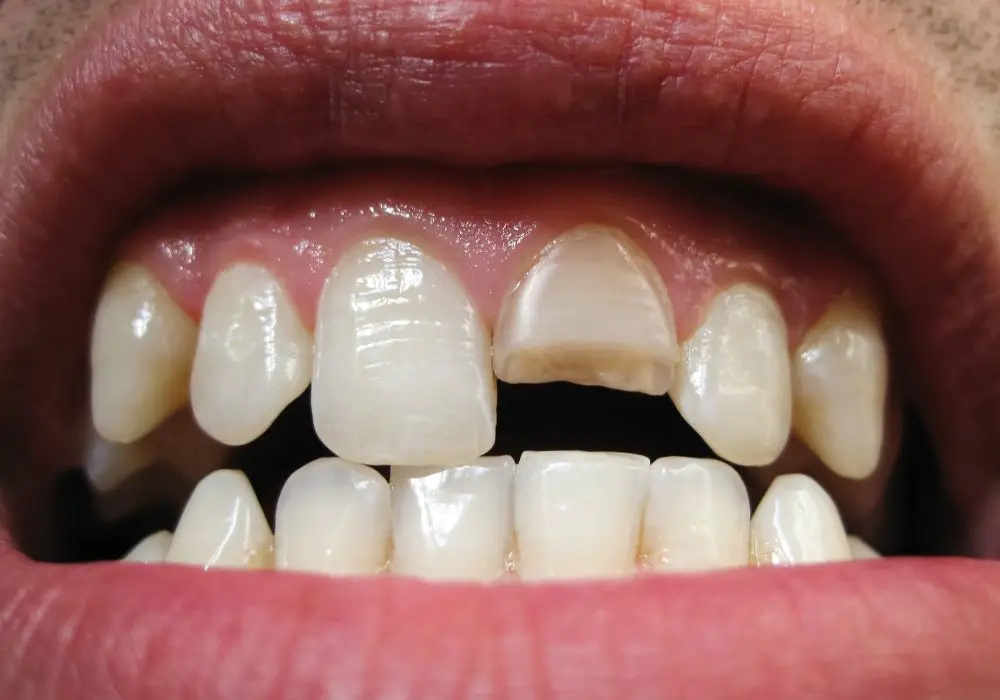
Certain teeth tend to be more vulnerable to fractures and breaks:
Incisors
The front four incisors often sustain direct blows from sports impacts, falls, and accidents. Their protruding placement makes them prime targets for trauma.
Canines
The pointed cusps of canine teeth are prone to chipping and cracking, especially if used for inappropriate biting or tearing tasks.
Molars
Broad chewing surfaces increase the risk of cracks forming in molars and premolars, especially from untreated decay. Large fillings also introduce weak spots.
Premolars
Premolars have pits, grooves, and fissures that allow food to pack tightly inside. This exerts leverage that can fracture the tooth.
Lower Teeth
Mandibular teeth sustain more chewing force than upper teeth. The lower jaw also absorbs direct impacts, increasing the fracture risk.
Diagnosing Cracked Teeth
Dentists use a combination of diagnostic tools to identify cracked teeth:
- Clinical Exam – Checking for swelling, looseness, sensitivity, or bleeding. Looking closely for visible cracks.
- Patient History – Asking about trauma, oral habits, pain symptoms, temperature sensitivity, etc.
- Dental X-Rays – Fractures often appear on bitewing, periapical or panoramic x-rays.
- Transillumination – Shining light through the tooth to illuminate internal cracks from the inside.
- Biting Tests – Having patient bite on objects to isolate pain to a particular tooth.
- Magnification – Illuminated magnifying glasses and dental microscopes to see tiny cracks.
- Dye Penetration – Placing dye on the tooth surface to work into and highlight cracks.
Early and accurate diagnosis ensures you get appropriate treatment before extensive infection sets in.
Dental Treatments for Cracked and Broken Teeth
Treatment choices depend on the location, size, and direction of the fracture, plus involvement of the pulp.
Dental Bonding
For minor cracks, chips, and fractures confined to the enamel, dental bonding can repair the tooth. The dentist applies bonding material that matches the tooth color and sculpts it into shape.
Dental Crown
Significant fractures with loss of tooth structure generally require a crown to protect what remains of the tooth. The crown covers the entire tooth and gets permanently cemented in place. It prevents further damage.
Root Canal Treatment
If the crack extends into the pulp, bacteria quickly infect the inner tooth. Root canal treatment is necessary to clean out the infected pulp and nerves before covering with a crown.
Tooth Extraction
An severely damaged, fractured tooth that cannot be repaired with other methods may need extraction. It gets replaced with a dental implant or bridge.
Leaving cracked teeth untreated leads to severe pain, dental abscesses, gum disease, and eventual loss of the tooth. Prompt treatment restores strength, function, and oral health.
6 Tips to Prevent Permanent Tooth Fractures
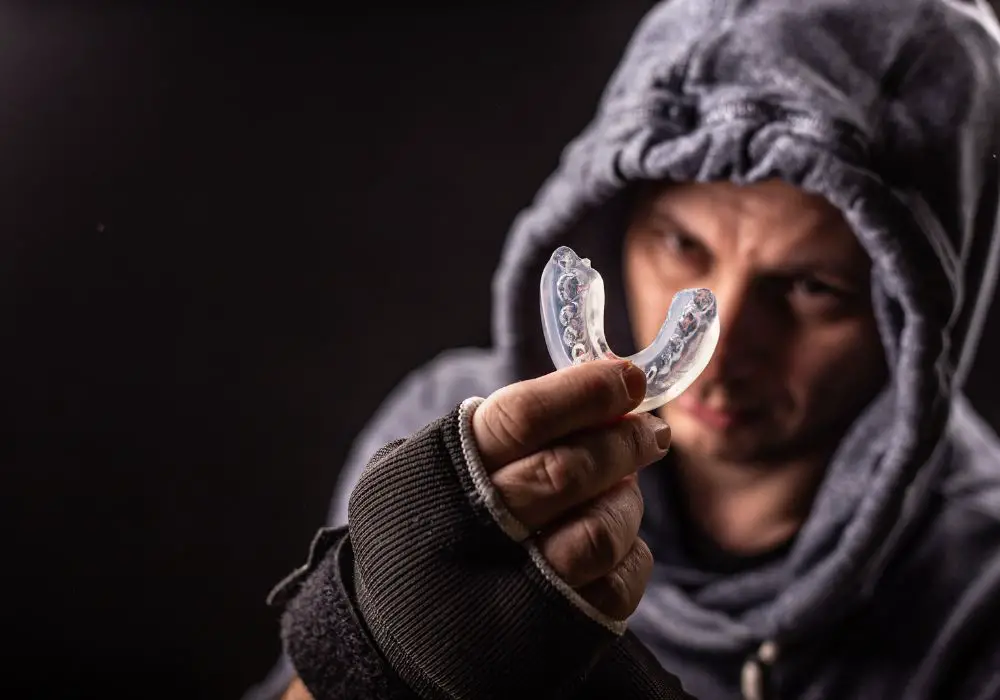
You can take proactive steps to minimize the chances of damaging your permanent teeth:
1. Wear Protective Mouth Gear for Sports
Mouthguards and full face shields help safeguard teeth from sports impacts and collisions. This is especially critical for children playing high impact sports like football, soccer, basketball, softball, and hockey. Protect teeth now to avoid dental trauma later.
2. Avoid Chewing Ice or Hard Objects
Curb habits like chewing fingernails, pens, popcorn kernels, and ice. The intense pressures placed on teeth can cause tiny stress fractures in the enamel. These get bigger over time and lead to major cracks.
3. Get Cavities Treated Promptly
Small cavities that get filled don’t harm the overall tooth structure. But untreated decay spreads through the enamel layers and into the dentin, compromising its strength against fracture. Seek regular dental cleanings and checkups.
4. Wear a Nightguard if You Grind Teeth
People with bruxism place excessive grinding forces against teeth at night. This wears down the enamel over time. Ask your dentist about a custom nightguard to prevent tooth damage from clenching and grinding during sleep.
5. Buckle Up and Drive Safely
Car accidents cause severe dental trauma. Always wear seatbelts and drive defensively to avoid injuries. Airbags help shield the mouth from impact in crashes.
6. Report Any Mouth Injuries to Your Dentist
Promptly seek dental treatment after any accident involving the face or mouth. Even if teeth feel fine, hidden cracks may exist. Finding them early is key to proper repair. Monitoring after injuries can prevent future problems.
FAQs about Cracked Permanent Teeth
How can I tell if I have a cracked tooth?
Symptoms include pain when biting down, temperature sensitivity, visible cracks, rough edges, food packing between teeth, jaw swelling, and bleeding from the gums around a tooth. See your dentist immediately if you notice any of these issues for diagnosis.
What problems arise from ignoring cracked teeth?
Left untreated, cracks allow bacteria to infiltrate deep inside the tooth structure, infecting the pulp and root. This causes severe toothaches, dental abscesses, gum disease, and ultimately tooth loss. Prompt dental treatment is essential.
Can cracks always be seen?
Not always. Some cracks are visible, but many run internally through the tooth without exterior evidence. Symptoms like sensitivity or pain while chewing indicate a crack. Dentists have specialized tools to detect cracks under the surface.
How long do dental crowns for cracked teeth last?
With proper oral hygiene and dental care, crowns typically last 10-15 years before needing replacement. Avoid chewing extremely hard or sticky foods, maintain diligent hygiene around crowns, and see your dentist regularly to ensure longevity. Report any damage, leakage or looseness.
Should I avoid chewing with a cracked tooth?
Yes, refrain from chewing on the affected side until it can be repaired. Biting down on a cracked tooth puts added stress on the fracture. Avoid hard, crunchy, and sticky foods that could wedge into the crack and cause pain. Soft foods are best until your dentist can fix it.
Can kids crack their permanent teeth too?
Yes, permanent teeth in children can crack from injuries, excessive decay, fillings, or bruxism. Make sure kids wear mouthguards during sports to protect teeth from fractures. Take them for regular dental visits to monitor for problems and teach good oral hygiene habits. Address teeth grinding if present.
Conclusion
Like so many other parts of our bodies, our permanent teeth face constant stresses and potential damage. Cracks and fractures cannot be taken lightly given the pain they cause and risk of infection. Knowing how to recognize symptoms of a broken tooth and seeking immediate treatment provides the best outcome. With proper dental care and preventive habits, our teeth can endure for a lifetime.

